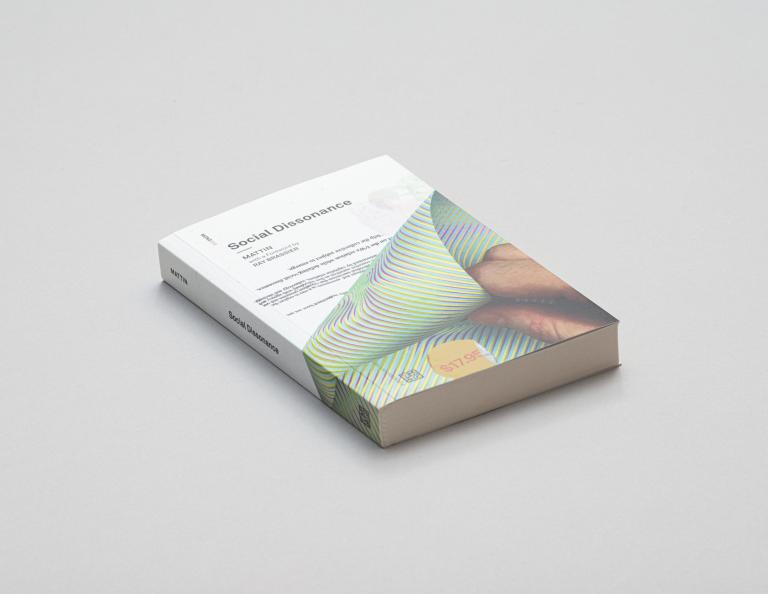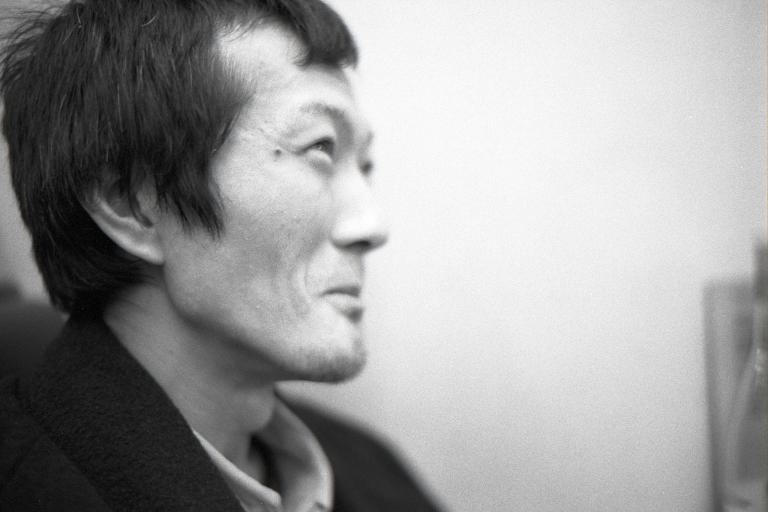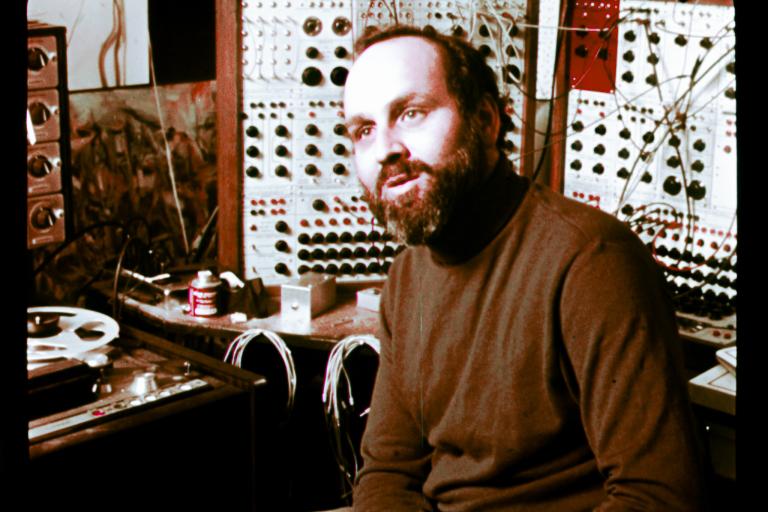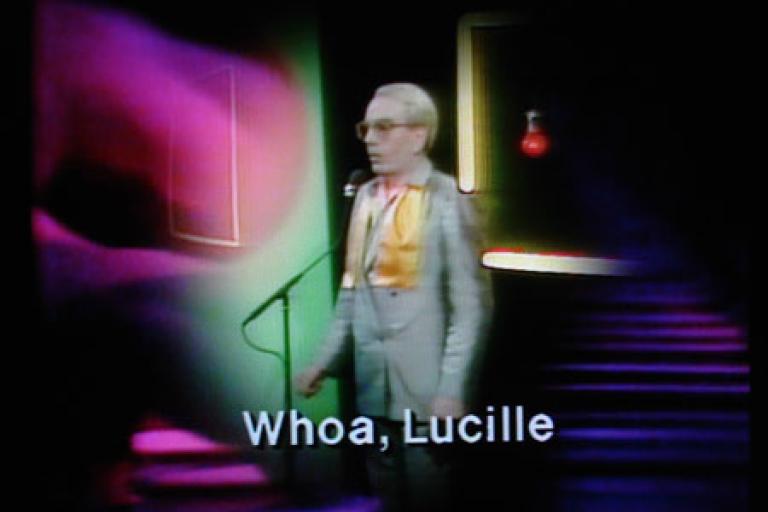Mattin, Social Dissonance, Urbanomic, 2022, 256pp, £14.99 paperback
Mattin’s Social Dissonance monograph is an extensive description of his “Social Dissonance” score. As a music cataloger, I wish all scores had book-length contextualizations of their musical ideas. I would catalog them in the 382 MARC field for the medium of performance. The instrument has to be more than just a “trumpet” or “cello”.
“Social Dissonance” dispenses with conventional musical instruments. It instructs the performer to make the audience their instrument, externalizing the conditions of instrumentality. Performed at the documenta 14 art festival in 2017, it explores the broad sense of instrumentalization, consisting of sounds and silences, de-naturalizing what constitutes the instrument.
I’d catalog Social Dissonance as an instrument. I wouldn’t use the 655 field for genre or form. And I certainly would not use the 650 field for a subject no longer used by music catalogers following the work of librarian and author Jean Harden. Although looking closely at these facets, they blur.
Mattin suggests methods to cut on the bias or carve at the joints of biases. To listen to the elements of self-experience, the task of the “Social Dissonance” performance is to make explicit how explanatory coherence, in degrees of imperceptibility, affects the horizon of the musician-listener ensemble. This is not based on empathy or imitation but on the coherence of a relation or grouping through asymmetries.

Social dissonance reveals an impossible object. As with dissonance, a suspension of harmonic conventions, it reveals a discrepancy in interpretation. It allows a critique of covert biases regarding more or less authenticity.
Mattin traces the dissonance at the foundation of social dissonance to the early twentieth century. Noise suspends the rules of tonality established over the previous 900 years. In the rise and fall of the theory of consonance, the preference for thirds, fourths, and fifths is merely a convention. Increasing use of distance and closeness in tones led to the discovery of “atonal music.”
If overtones are too close or too far away, there is a perception of dissonance. However, no atonal principles of music composition were developed, only the arbitrary game of the twelve-tone system: play each tone before repeating. The emancipation of dissonance, de-biasing from the system of harmonic progression, remained bound to another system, the thematic unity of the work.
Dissonance was meant to overcome figural representation but remained bound to the idea of consciousness of the instrumental relation. The twelve-tone technique, and its general extension in the serialist technique, followed a dialectic of absorbing and negating the listener in a thematic unity of timbral changes. The binary of tonal and atonal did not dissolve fixations on tonality. It maintained a belief in the unity of micro-timbral syntax and macro musical structure.
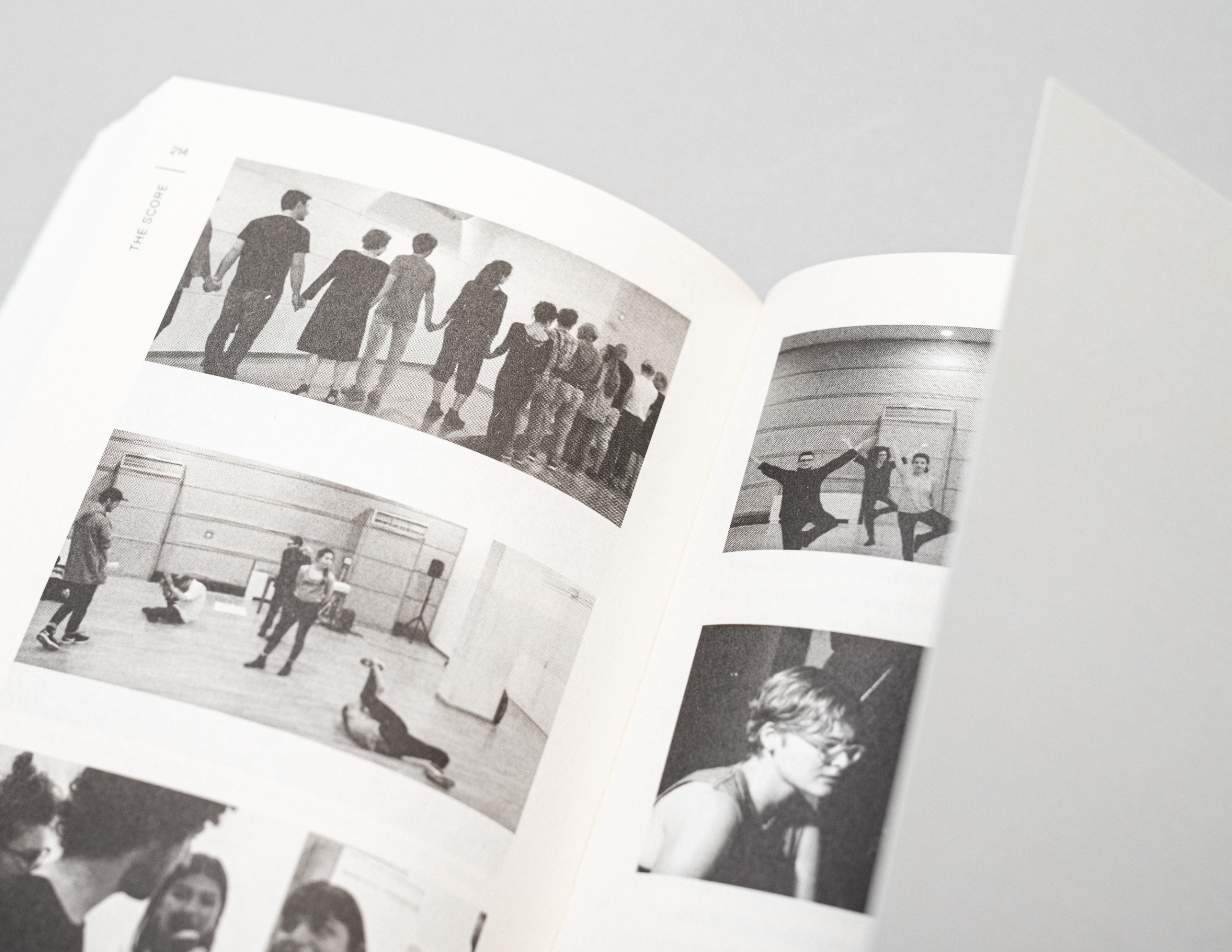
The use of dissonance led to conceptual or performance art practices, in which sound works are held together by the bare minimum of being recognized as works. While serialists separate out a series of sounds and conceptually integrate them, some mid-twentieth century artists attempted to randomize the sounds and integrate them into an indeterminate structure. While denying talk of wholeness, this also reified it, naturalizing the unintended as a given, and conflating the lived experience of work and the sonic environment.
Although there was no longer an assumption of harmonic resolution, there remained an assumption of the convergence of the individual listener. Further, indeterminacy abstracted this individual from their historical embedding (Lewis, 1996). If sounds-heard are interpreted in one tone and then another, in such a way as the prior tone influences the latter, it might also be considered that there is a field of modifiability, a shared origin of both potential and actual.
I know of no examples of artists who convincingly obviate the role of memory. If anything heard is considered to be potentially music, how does the listener sense something as something heard? If all sound is music, how to explain differences in cultural listening practices? The attempted revolution against serialist techniques maintained a binary of the use and uselessness, nor did it offer anything to further the analysis of the material, energy, and information, as levels of description, of music.
Both dissonant music and indeterminate music have covert values of unity. Instead of correlating sounds heard to the generative structuring of changes at the level of the individual, a spiritual mutation might be achieved through modality, in both senses, of degrees of possibility and ascending and descending intervallic relations.
Mattin focuses on the political implications of an anarchistic sense of self-reliance in conceptual performance sound art. The presupposition of individual agency as the determination of surroundings in ideas about positioning intentional and unintentional, just like the idea in atonality of thematic coherence, reifies freedom and necessity. Biological metaphors of growth and development, that individual wholeness is made up of mechanisms reflecting that imagined whole, abound (Born, 1995).
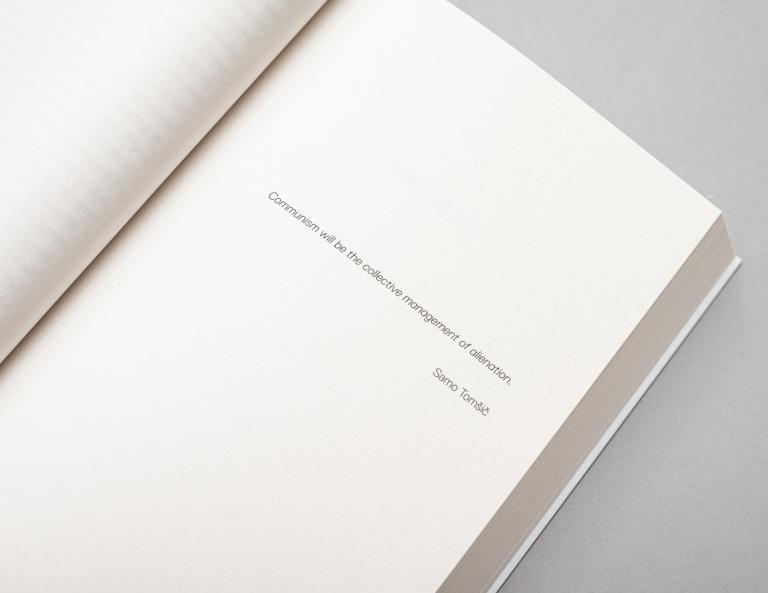
Mattin is suggesting more than a synoptic vision of top-down alienation and bottom-up alienation. Rather, through a deep reading of Sellarsian philosophy, Mattin renders transparent the externalization of technical reason and technical sensibility in a performance, preparing the audience-as-instrument. This is not about social triggering or tension. “Social Dissonance” reveals the awareness of sensing something as something.
To listen to the basic elements of self-experience, making explicit how explanatory coherence, in degrees of imperceptibility, affects the horizon of the ensemble. It is hard to listen to the distribution of weight in a collective (Beckwith, 2015). This is something Mattin has done well since his earlier “dissonant” punk band Billy Bao. The punk milieu of the 2000s used noisiness to reject the social mediatization of listening, the conditioning of value through predictive algorithms, and the increased web accessibility of historical recordings and recording technologies (Wang, 2021).
Social dissonance makes explicit the musical contributions of Dead Luke, Catatonic Youth, Watery Love, Fag Cop, FNU Ronnies, Homostupids, Shit and Shine, Loose Grip, Francis Harold, and the Holograms, Sex/Vid, Tyvek, Slicing Grandpa, Swimsuitrights, Sic Alps, Times New Viking, Home Blitz, Blank Realm, Wonderfuls, Mountain Cult, Teenage Panzerkorps, Catholic Boys, Sparkle Girl, Shop Fronts, Beat Jams, Les Clubs de Chats, Varghkoghargasmal, Wooden Shjips, Hearts of Animals, Little Claw, Them Themselves Or They, Starving Weirdos, Mad Nanna, Sky Needle, Muura, and Drunk Elk.
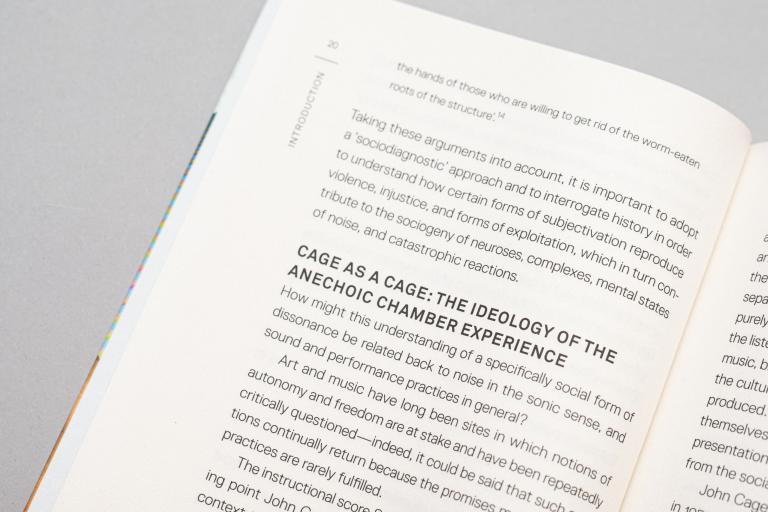
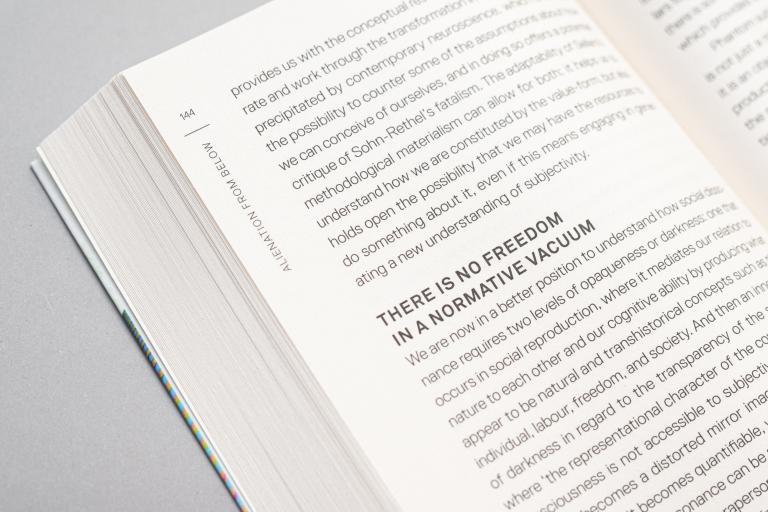
Conventional classification by instrument tells more about the classifiers than the musicians because instruments are timbral ranges that are meaningful in their use, in locations, and in bodies (Wong, 2004). The question of cataloging timbre, considering timbre as a social category, a positioning or enacting of race and gender, is both about “what is this?” and “who am I?” (Eidsheim, 2015). The acousmatic question as a critical practice, as sonic differentiation, that when described is the describer’s, is a significant feature of Mattin’s social dissonance analytic.
A creative practice of cataloging music might improve music description by changing the relation of form and instrument in information retrieval through further consideration of socialization, by changing the interface of the catalog (into literature or VR), and by dispensing with the categorization by form (there are no whole works). Mattin provides the exemplar of music as a social practice that coheres to its own justification. It is an exemplar of music description that is not about cataloging authoritatively but consent-based cataloging.
Works Cited
Naomi Beckwith (ed.) The Freedom Principle. The University of Chicago. 2015.
Georgina Born. Rationalizing Culture. The University of California. 1995
Nina Sun Eidsheim. Sensing Sound. Duke University. 2015.
Jean Harden. Music Description and Access. Music Library Association. 2018
George Lewis. “Improvised Music After 1950.” Black Music Research Journal. 1996
Mattin. Social Dissonance. Urbanomic. 2022.
Jing Wang. Half Sound, Half Philosophy. Bloomsbury. 2021.
Deborah Wong. Speak It Louder. Routledge. 2004.
